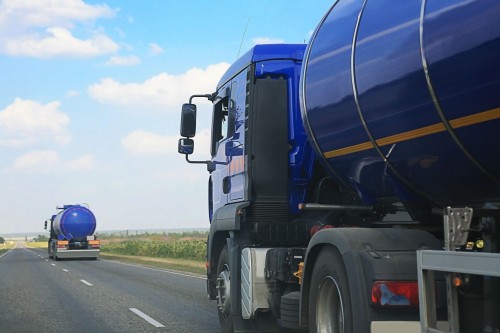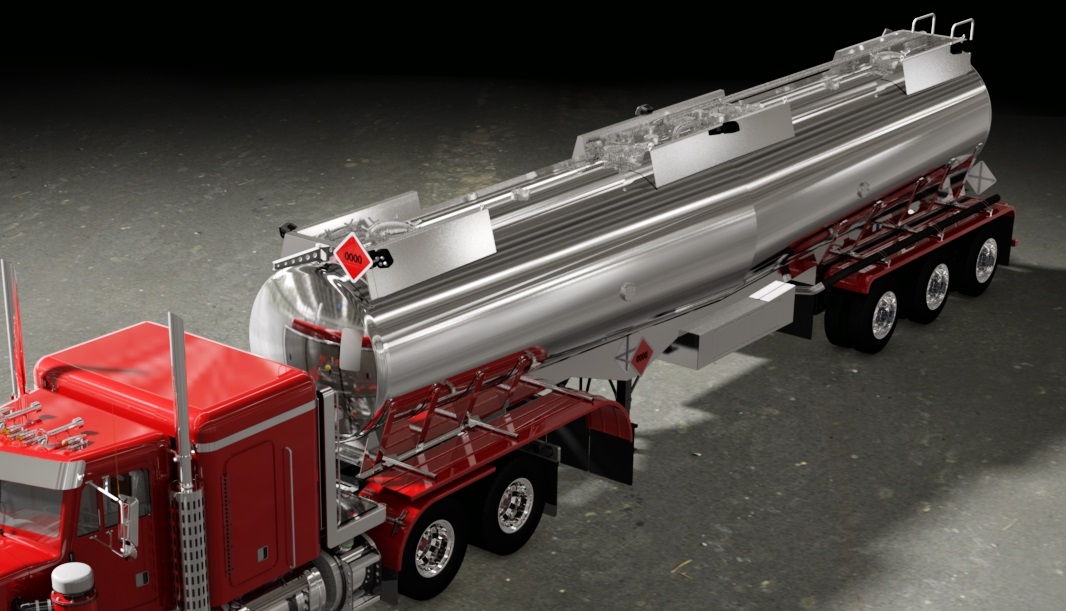Recently, we met with a new client and discussed previously completed projects. He said, “yeah, we worked on this issue a couple of years ago, but here we are again, [and production is] down for the same problem.” The root cause of this production failure could have been prevented. Prior to the failure a Lean/Six Sigma project was initiated by an employee who created a potentially good solution. When the project was completed, implementing the process change and behaviors on the production floor were unchanged. Management applauded the effort but the change never became a sustainable solution.
Continuous Improvement is challenging, especially when change is not followed-up or acted upon. When improvement is considered finished and not sustained, the improvement ceases being continuous. Continuous Improvement is not a continual line of discrete process improvement projects; it is ensuring change becomes a new standard in how things are done within the organization.
Sometimes follow-up activity is the responsibility of a Quality Assurance person or a Continuous Improvement Engineer, who can answer questions and make the necessary changes because of problems that weren’t revealed in the project. However, change and improvement doesn’t really become effective until the reinforcement of modified behavior is part of a daily routine, for both the management team and the employees. Once management establishes an expectation, which was derived from a revised process, it is important employee behaviors are modified. The effective adoption of a changed process will become the accepted standard.
A Lean Culture, or a Culture of Continuous Improvement becomes highly effective when both the management team and the employees are working on improvement concurrently. When improvement becomes part of your culture it is a common expectation and everyone is an agent of change. Management is no longer concerned with administering change because it is a valued element of an organization’s identity; people are problem solving and working on the next issue. The need to manage change becomes a minimal effort because systems and behaviors encourage improvement and problem solving.
Toyota says, when there is no problem, then that is a problem. For them, there is a “healthy sense of paranoia” that always says that there is something left to improve.



